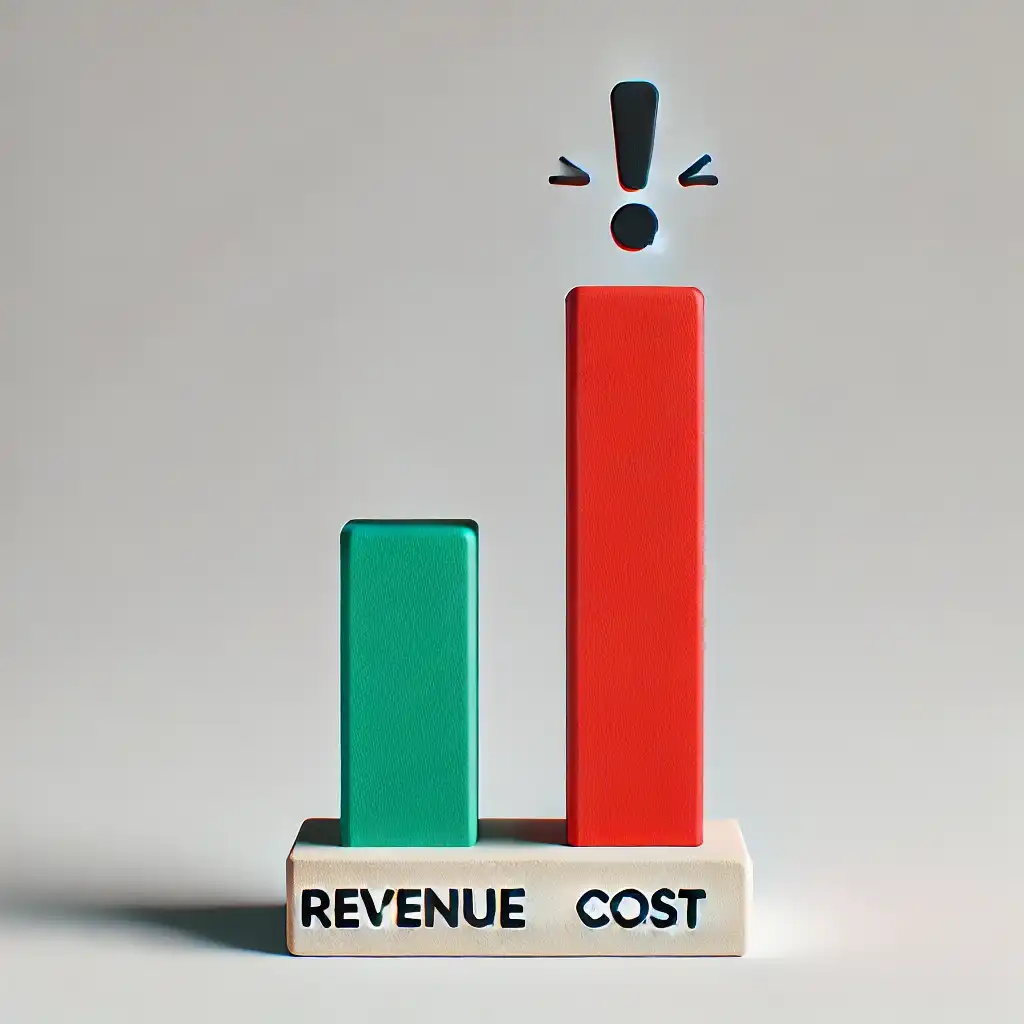Marginal Field Development in the Oil & Gas Sector

Introduction
The oil and gas industry is continuously evolving, with increasing emphasis on maximizing resource recovery from existing assets. Marginal fields, often overlooked due to economic and technical challenges, are gaining attention as operators seek cost-effective ways to extend the life of hydrocarbon reserves. This blog explores the significance of marginal field development, key challenges, and innovative approaches to make these fields viable.
What Are Marginal Fields?
Marginal fields refer to oil and gas reservoirs that were previously considered uneconomical due to low production rates, high operating costs, or technical complexities. These fields may include small, stranded, or mature assets with declining output.
Challenges in Developing Marginal Fields
-
High Development Costs – The capital expenditure required for drilling, infrastructure, and production facilities often outweighs the potential returns.
-
Technological Limitations – Extracting hydrocarbons from marginal fields may require advanced recovery techniques such as enhanced oil recovery (EOR) or subsea tie-backs.
-
Regulatory and Environmental Constraints – Strict environmental regulations and decommissioning liabilities add to the complexity of marginal field operations.
-
Infrastructure Constraints – Many marginal fields lack proximity to existing pipelines and processing facilities, making standalone development cost-prohibitive.
Strategies for Successful Marginal Field Development
-
Utilizing Existing Infrastructure – Operators can reduce costs by leveraging nearby production facilities, pipelines, and floating production units (FPSOs) instead of building new ones.
-
Advanced Recovery Technologies – Implementing techniques such as gas lift, water injection, or CO2 flooding can enhance recovery and extend field life.
-
Digitalization and Data Analytics – Real-time monitoring, predictive maintenance, and AI-driven reservoir management can optimize production and reduce operational costs.
-
Collaborative Business Models – Joint ventures, farm-ins, and risk-sharing agreements enable cost-efficient field development, particularly for small independent operators.
-
Modular and Standardized Designs – The use of modular platforms and standardized equipment can minimize upfront investment and enhance project feasibility.
The Future of Marginal Fields
With advancements in technology and innovative business strategies, marginal fields are becoming increasingly viable. Government incentives, tax reliefs, and regulatory support can further encourage operators to invest in these assets. As the industry shifts towards sustainability, integrating renewable energy solutions, such as offshore wind or electrification, can further enhance the economic feasibility of marginal field development.
Conclusion
Marginal field development presents a significant opportunity for oil and gas companies to maximize resource utilization while reducing waste and environmental impact. By leveraging cost-effective technologies, collaborative business models, and digital solutions, the industry can unlock untapped reserves and sustain production in a rapidly changing energy landscape.
Stay tuned for our next blog on The Need for Digitalization of Legacy Documents in Oil & Gas Facilities.